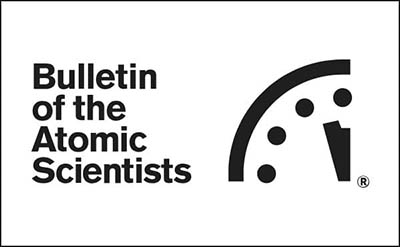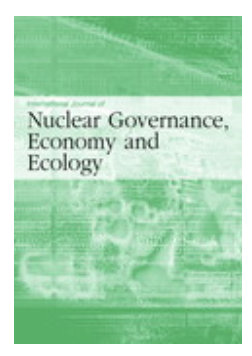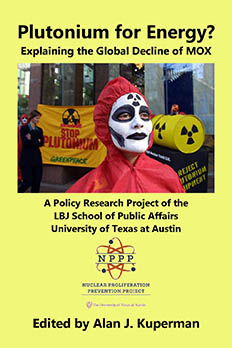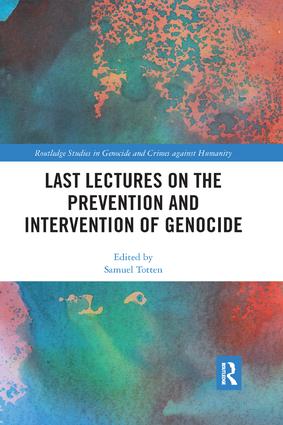How Australia's new leader can fix the submarine deal

Australian voters last week ousted their government in favor of the Labor Party, which traditionally opposes both nuclear energy and nuclear weapons. This means the new prime minister, Anthony Albanese, likely will reassess the 2021 AUKUS deal under which the United States and United Kingdom pledged to sell Australia nuclear-powered submarines.
Albanese supports the general idea of AUKUS to counter-balance China, but not necessarily its most controversial aspect, which is that the eight submarines would be fueled with tons of nuclear weapons-grade, highly enriched uranium (HEU)—enough to produce up to 1,000 nuclear warheads if diverted—setting a precedent that would foster proliferation.
Ironically, the United States has tried for decades to halt commerce in weapons-grade uranium, precisely to stop the spread of bombs. Nuclear power reactors use low-enriched uranium (LEU) fuel, which is unsuitable for weapons, and since the 1970s, the US government also has gradually insisted that research reactors, pharmaceutical plants, army reactors, and space reactors use LEU fuel.




